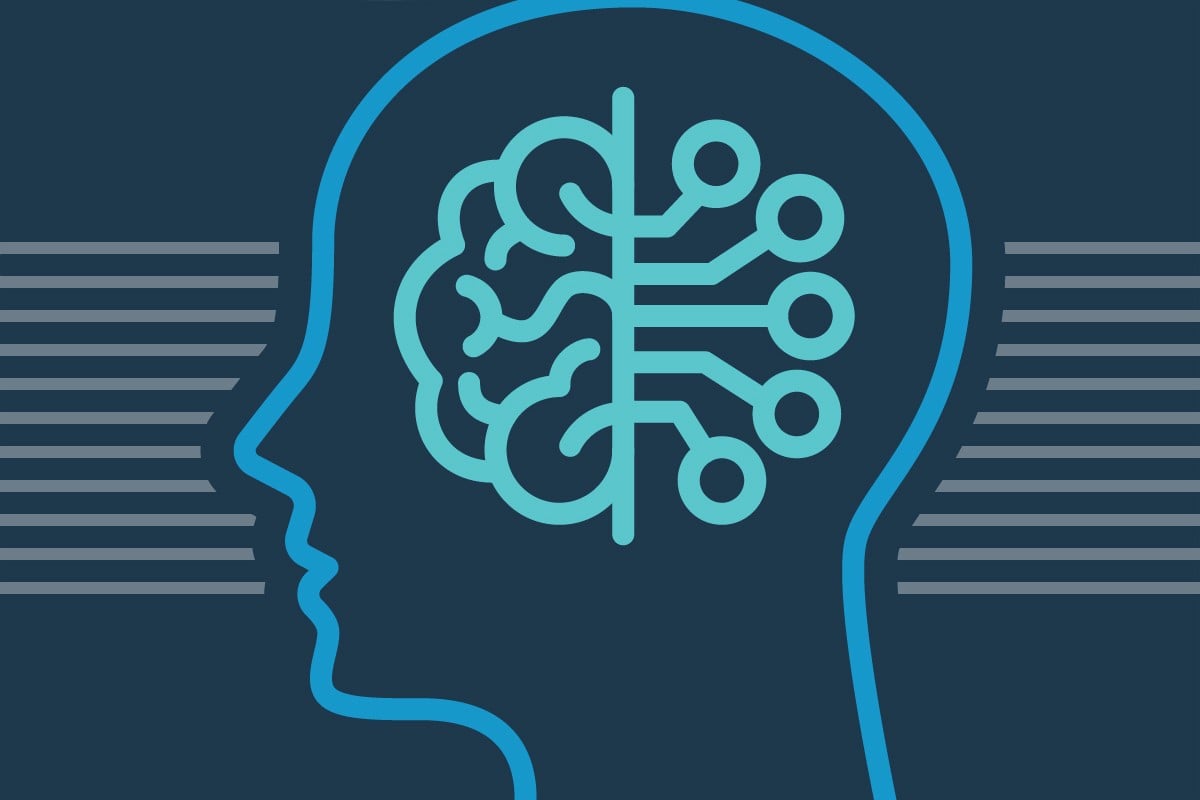Gartner is predicting* that the deployment of AI-related technologies will be a vital part of the future of B2B sales organizations, with 30% of all B2B companies employing AI to augment at least one of their primary sales processes by 2020.
Here at Clari, our mission is to make selling easier and more predictable. We've been applying AI against a range of important signals from the buying process—not just CRM data but also rep and prospect email activity, meetings taking place, files and contracts flying back and forth—to give the entire sales organization predictive and prescriptive insights.
Today, sales teams are using AI in practical and far-reaching ways through the Clari platform to answer key execution questions across the critical opportunity-to-close (OTC) process that starts with a sales rep qualifying a lead into pipeline and ends when the deal gets signed.
Q: What opportunities are most likely to close or at the highest risk of slipping?
The practical AI application
Opportunity Scoring predicts a deal's likelihood of closing to show which deals are on track and which are at risk.
The use case
Sales teams can leverage the opportunity score to apply extra scrutiny to current quarter deals and ensure that they are focused on the right ones. They can also identify where there's opportunity to pull deals into the quarter or deals that should be pushed out.
Q: What is the true health of our pipeline?
The practical AI application
Activity Analytics provides visibility into deal progress by tracking rep and customer activity.
The use case
Sales managers can quickly get a handle on how many emails, meetings, and documents are flowing back and forth to gauge prospect engagement and the actual health of deals. They can then leverage one-on-one time with the rep to provide strategic guidance rather than asking for status updates. All of this activity data is captured automatically, removing the burden on the reps to manually input activity data into the CRM, which in turns improves data quality.
Q: Is my team spending their time on the right opportunities?
The practical AI application
Prescriptive Deal Prioritization compares rep activity against the true health of the deal and its likelihood of closing.
The use case
Sales managers can more effectively coach their teams by guiding salespeople to the opportunities that have the highest probability to close and away from the ones that are going nowhere.
Q: Where are we going to land this quarter?
The practical AI application
Forecast Projection provides a point-in-time detailed AI projection of where sales teams will end the month of the quarter.
The use case
Based on the current state of the pipeline, past performance, and remaining time in the quarter, sales executives can pressure-test the numbers rolled up from the team against the AI projection and get a feel for the true health of the pipeline for the remainder of the quarter.
Q: What deals should I be focused on this week?
The practical AI application
Deal Insights provides updates, insights, and prescriptive actions for each individual rep.
The use case
Increase rep productivity with personalized alerts, drawing reps attention and prescribing actions against past-due deal updates, deals with no recent activity, top risky, or stagnant deals.
AI has now made its way out of labs and into core business processes. In sales, it can help ensure that teams have the right insights needed across the end-to-end sales process.


